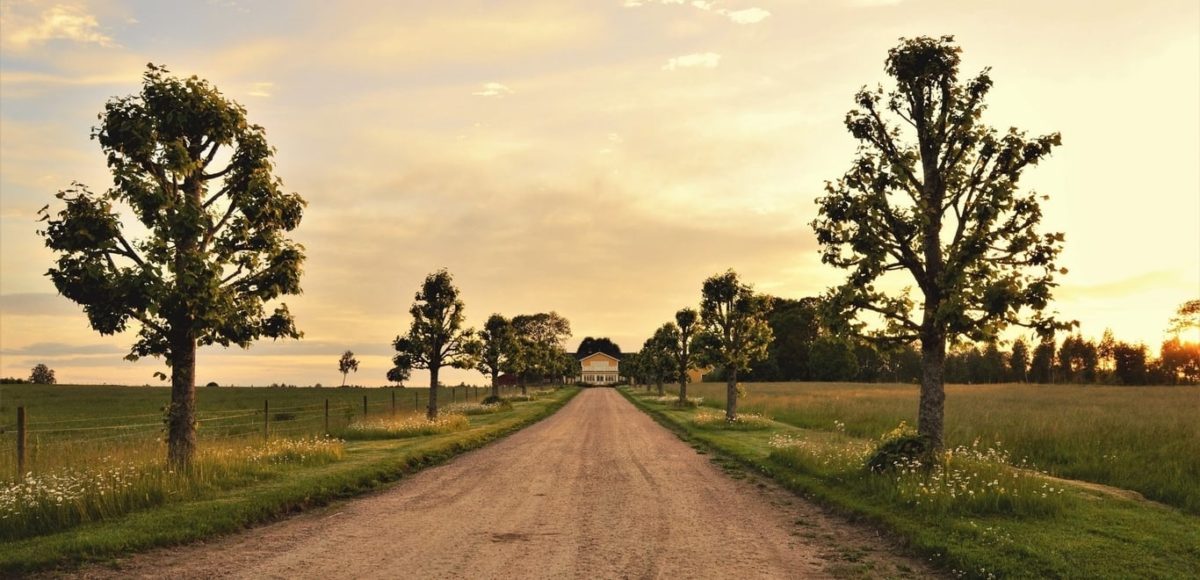In recent years, there has been a growing trend of people moving out of major urban cities and into rural areas. This trend is being driven by a number of factors, including the desire for a more sustainable lifestyle, the rising cost of living in urban areas, and the increasing availability of remote work opportunities. Modern homesteading is on the rise.
One of the most popular reasons for people to move to rural areas is to homestead. Homesteading is a lifestyle that involves living off the land and growing one’s own food. Homesteaders often raise livestock, such as chickens, goats, and pigs, and they may also grow their own vegetables, fruits, and herbs.
The trend of homesteading is growing rapidly. In 2020, the USDA reported that there was a 20% increase in the number of USDA loans for agricultural land purchases. This increase was driven by a number of factors, including the COVID-19 pandemic, which led to a surge in demand for home-grown food, and the rising cost of living in urban areas.
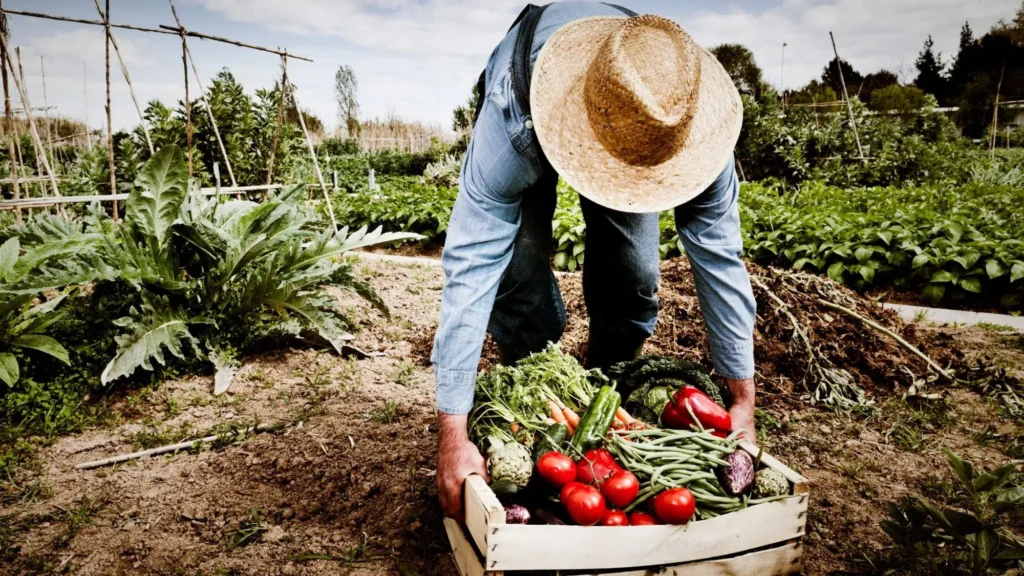
Regions of the United States that are seeing the most new homesteaders
The areas of the United States that are seeing the most new homesteaders are typically rural areas with affordable land and a strong sense of community. Some of the most popular areas for homesteading include:
- The Midwest: States like Iowa, Nebraska, and Kansas are home to large tracts of affordable land and a strong tradition of agriculture.
- The South: States like Tennessee, North Carolina, and Georgia offer a warm climate, fertile soil, and a variety of land types.
- The West: States like Montana, Idaho, and Wyoming offer stunning scenery, abundant natural resources, and a relaxed lifestyle.
Areas of the United States that are best for modern homesteading
When choosing an area for homesteading, there are a number of factors to consider, including:
- Climate: The climate should be suitable for the crops and livestock you plan to raise.
- Soil: The soil should be fertile and well-drained.
- Water: There should be access to fresh water for drinking, cooking, and irrigation.
- Land: The land should be affordable and large enough to accommodate your homesteading goals.
- Community: There should be a strong sense of community in the area, with other homesteaders and supportive neighbors.
States that have homesteading benefits
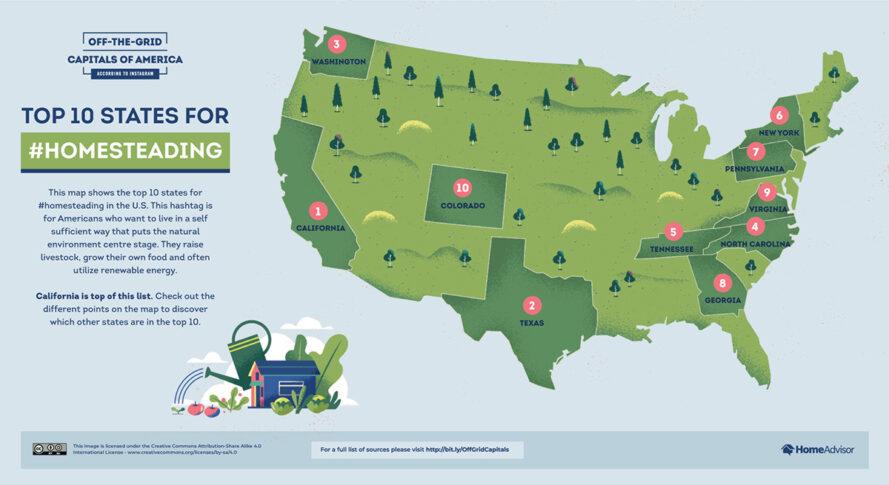
There are a number of states that offer homesteading benefits, such as looser regulations, lower taxes, no or low property taxes, or other favorable conditions that make homesteading more appealing in those states. The above image is courtesy of InHabitat / HomeAdvisor, and you can view it’s full rankings here.
Some of the states with the best homesteading benefits include:
- Alaska: Alaska offers a number of homesteading benefits, including no state income tax, no property tax on homesteaded land, and free hunting and fishing licenses.
- Montana: Montana offers a homesteading tax credit of up to $10,000 for new homesteaders.
- Wyoming: Wyoming offers a homesteading tax credit of up to $5,000 for new homesteaders.
- New Hampshire: New Hampshire offers a homestead property tax exemption for primary residences.
- Vermont: Vermont offers a homestead property tax exemption for primary residences.
These are just a few examples of the many states that offer homesteading benefits. With a little research, you can find the state that offers the best homesteading benefits for you and your needs.
The Benefits of Modern Homesteading
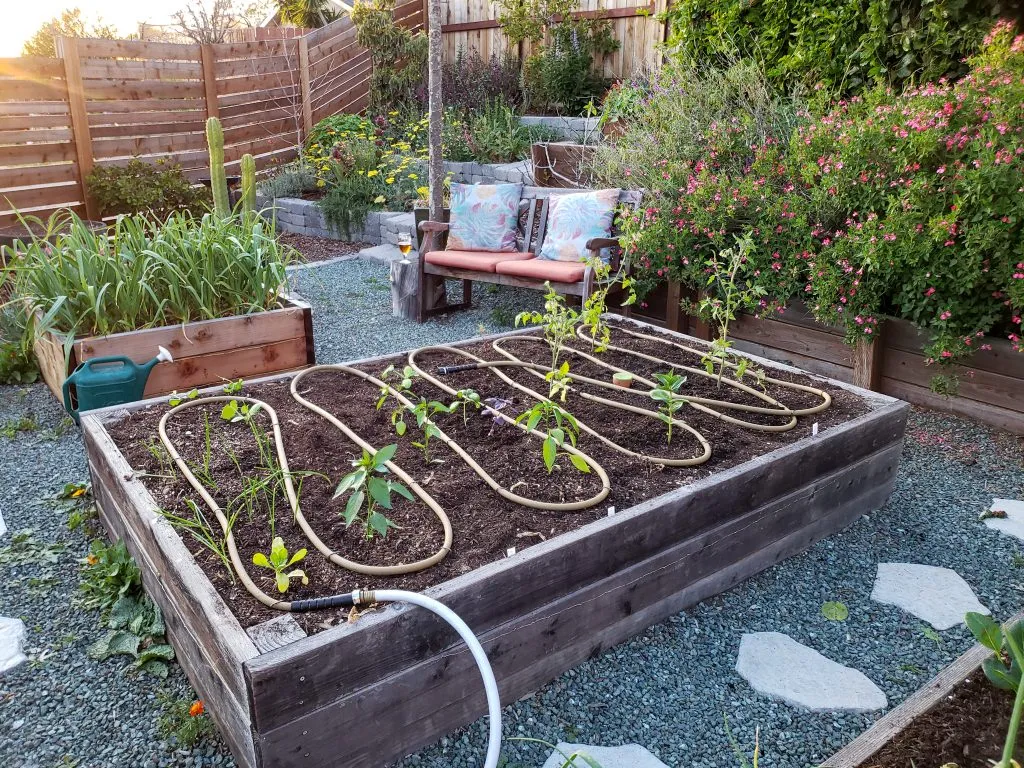
There are many benefits to homesteading. Some of the most common benefits include:
- Self-sufficiency: Homesteaders can grow their own food, raise their own livestock, and produce their own energy. This can help them become more self-sufficient and reduce their reliance on outside sources.
- Sustainability: Homesteading can help people live more sustainably by reducing their reliance on processed foods and manufactured goods. Homesteaders can also help to conserve natural resources by growing their own food and using renewable energy sources.
- Community: Homesteading can help people connect with their local community and learn new skills. Homesteaders often share resources and knowledge with each other, and they can provide support and companionship to one another.
- Reduced stress: Homesteading can help people reduce stress levels by providing them with a sense of purpose and control over their lives. Homesteaders often find that they are more relaxed and happier when they are living a more self-sufficient lifestyle.
The Challenges of Modern Homesteading
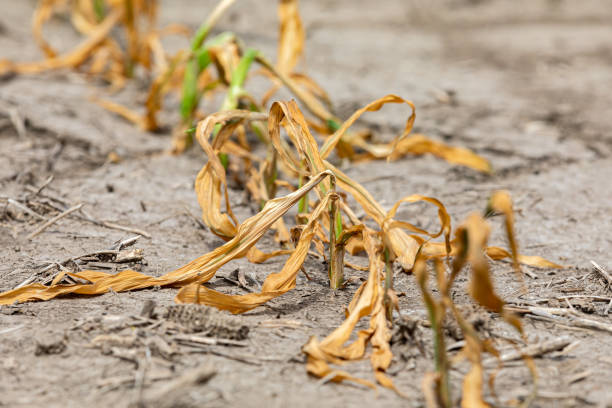
Now that you’re familiar with the benefits, what about the drawbacks? Next, we’ll cover some challenges. Some of the most common challenges include:
- Time commitment: Homesteading can be a very time-consuming activity. Homesteaders often have to work long hours to maintain their land and livestock.
- Financial investment: Homesteading can be a costly endeavor. Homesteaders need to purchase land, equipment, and supplies. They may also need to invest in training and education.
- Skills and knowledge: Homesteading requires a certain level of skills and knowledge. Homesteaders need to know how to grow food, raise livestock, and maintain their land. They may also need to know how to build and repair structures, and how to use tools and equipment.
- Lack of support: Homesteaders may not have the same level of support that they would have if they lived in an urban area. They may have to travel long distances to get to a doctor, a grocery store, or a school.
Resources for New Homesteaders
There are many resources available to help new homesteaders get started.
- Homesteading Books: There are many books available on modern homesteading. Some of the best-selling books include:
- The Encyclopedia of Country Living by Carla Emery
- The Self-Sufficient Life and How to Live It by John Seymour
- The Backyard Homestead by Carleen Madigan
- View our Top 10 List of Homesteading Books (June 2023)
- Homesteading Websites: There are many websites that offer information on homesteading. Some of the best websites include:
Homesteading can be a rewarding experience. However, it is important to do your research and be prepared for the challenges before you get started. With a little planning, you can avoid many of the common pitfalls and make the most of your homesteading experience.
Additional Tips for New Homesteaders
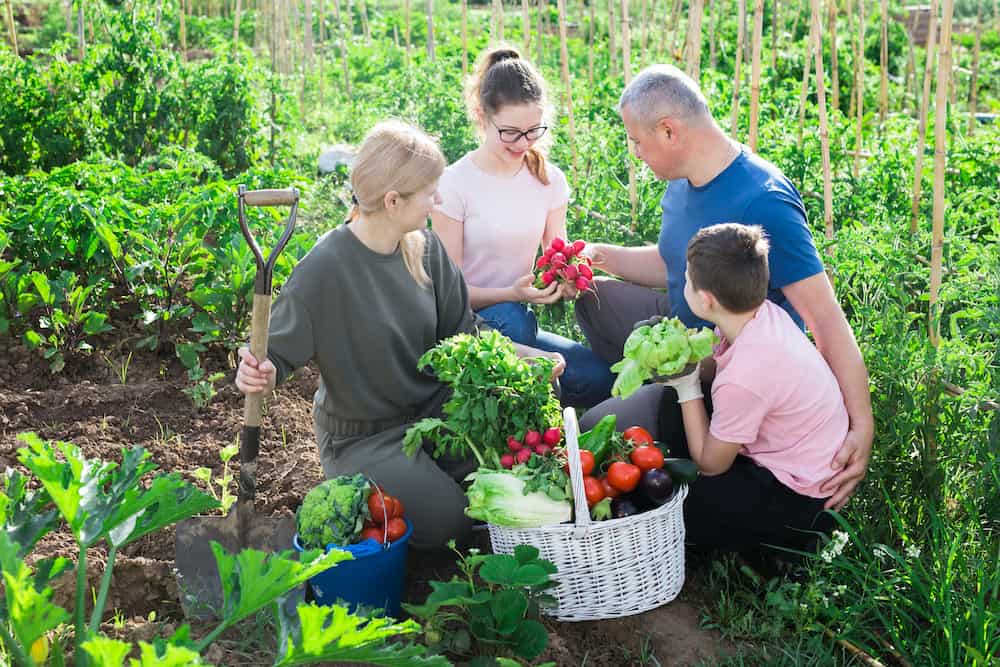
- Start small: Don’t try to do too much too soon. Start with a small garden and a few chickens, and then gradually expand your homesteading activities as you gain experience.
- Get involved in your local community: There are many local organizations that can provide support and resources for homesteaders. Get involved in your local community and meet other homesteaders who can share their knowledge and experience.
- Be patient: Homesteading is a long-term commitment. It takes time to learn the skills and knowledge necessary to be successful. Be patient and don’t get discouraged if you don’t see results immediately.
Modern homesteading can be a challenging but rewarding experience. With a little planning and effort, you can create a sustainable and self-sufficient lifestyle.
